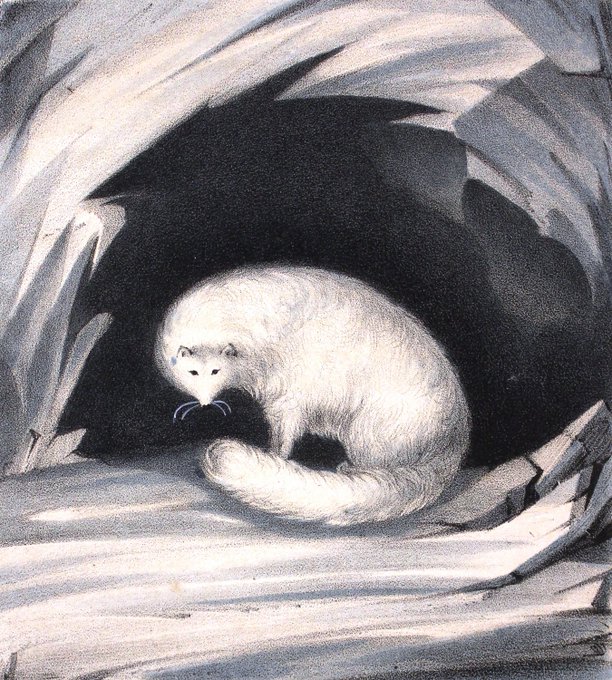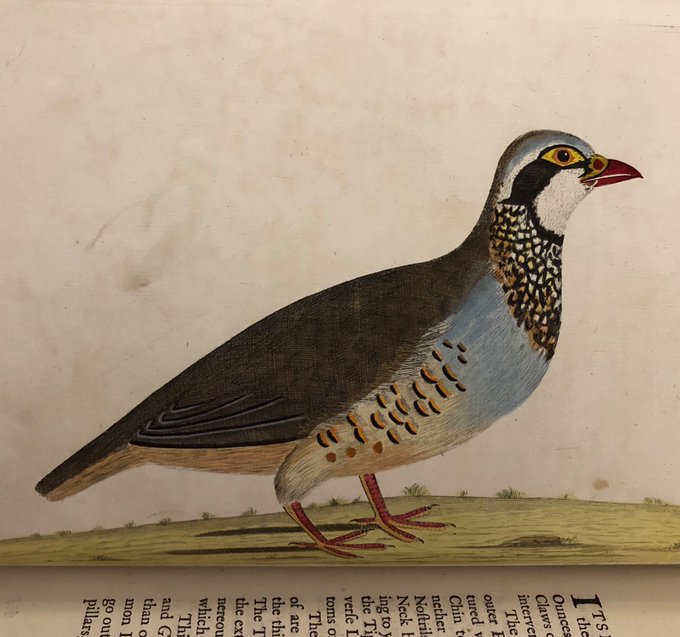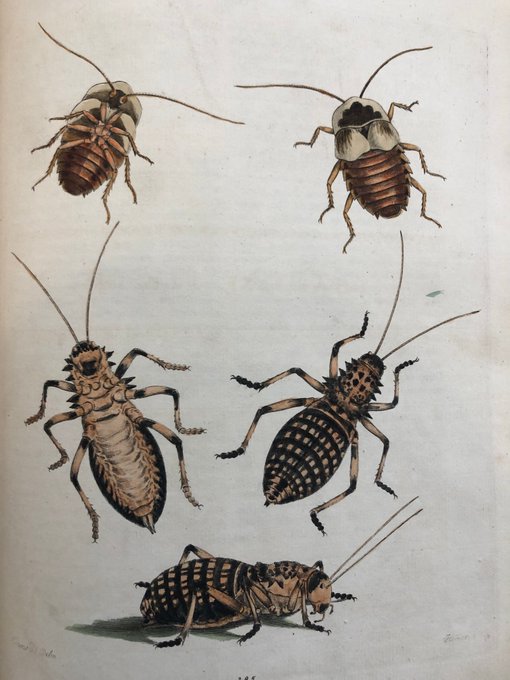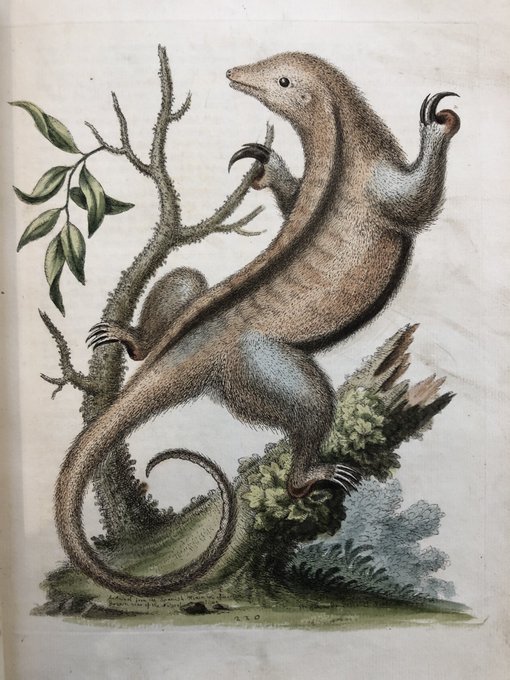These beautiful peonies appear in ‘Flora Rossica’ by German naturalist Peter Simon Pallas. Commissioned by Catherine the Great, it was published in St Petersburg in 1780s. This copy once belonged English botanist Dawson Turner.
#RareBooks #Peonies
We couldn't resist joining in, so here's our library #FoxOfTheDay.
A delightful arctic fox from John Ross's 'Narrative of the 2nd Voyage in Search of the Northwest Passage', 1835.
For #WorldWildlifeDay some beautiful images by George Edwards. Edwards was awarded the Copley Medal by the Royal Society in 1750 for his work on natural history.
#Wildlife #Biodiversity #NaturalHistory #RareBooks
P is for Pilgrimage! #ArchiveZ
St Cuthbert’s Shrine @DurhamCathedral was a major site of pilgrimage in medieval England.
In 1383 the Shrine Keeper listed the gifts brought by pilgrims: relics, treasures 😍, and exotic objects such as a unicorn’s horn & griffin's claw ... 🦄
Eleazer Albin’s 'A Natural History of Birds' (1738-40) was the first British printed book of #ornithology to feature hand-coloured plates. In fact many of the 300 illustrations were the work of his daughter Elizabeth. #HerNaturalHistory #IWD2020 #InternationalWomensDay
Happy #WorldWildlifeDay! The #wildlife and #biodiversity of our planet is extraordinary - let's not take it for granted.
These beautiful images are all by George Edwards who was awarded the Copley Medal by the Royal Society in 1750 for his work on natural history.
Commissioned by Catherine the Great, Flora Rossica is a beautifully illustrated study of Russian flora & fauna published in St Petersburg in 1780s.
It will be on display with other natural history books at our next library event Sat 21 March.
Tickets: https://t.co/YD6Gm3FNiW
@RHUL_Library @natlibscot @BLprintheritage @bodleianlibs @LivUniLibrary @OrkneyLibrary @BtfdLibrary Beelzebub has a devil put aside....
#LibraryBohemianRhapsody
Today is the #WinterSolstice.
Dark skies of the arctic circle from John Ross's 'Narrative of the 2nd Voyage in Search of the Northwest Passage', 1835.
Only 89 days until Spring Equinox on 20 March!
#RareBooks #Winter
For the 19th day of #LibraryAdvent, a reindeer & Sami family, from a 1674 English translation of 'The history of Lapland', by Swedish humanist Johannes Schefferus.
Did you know the Sami are the northernmost indigenous people of Europe?
#RareBooks























